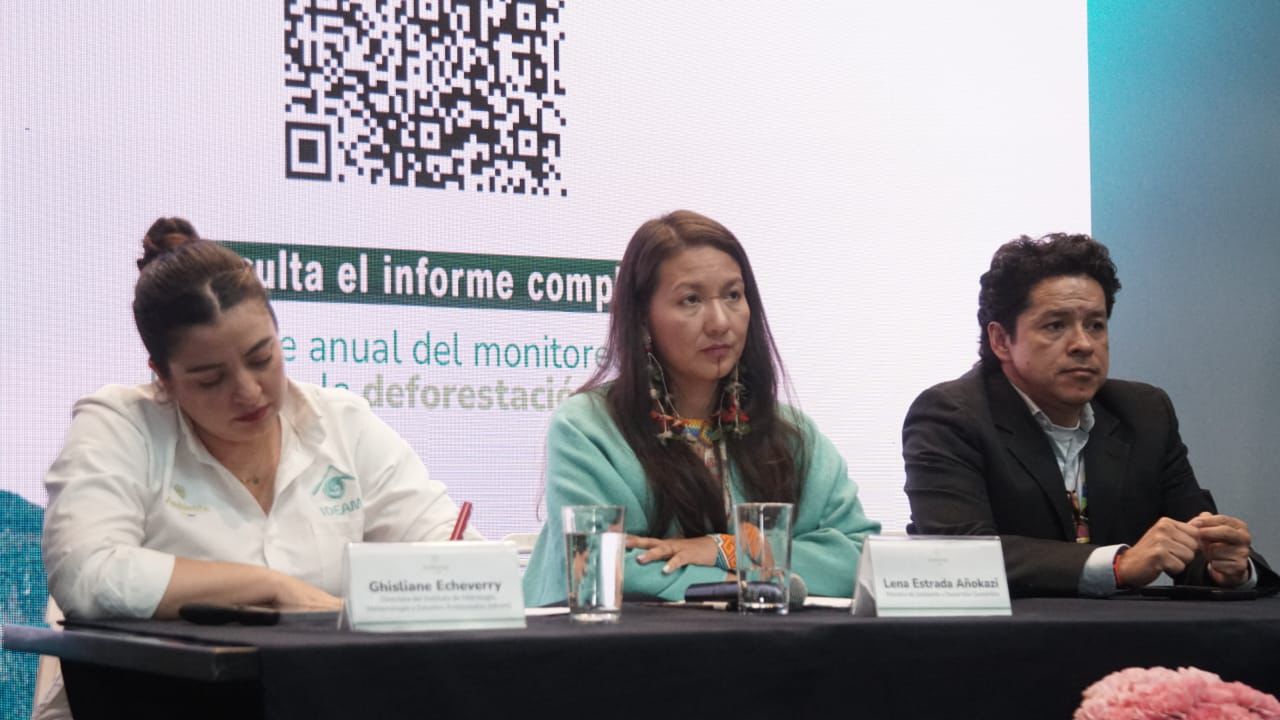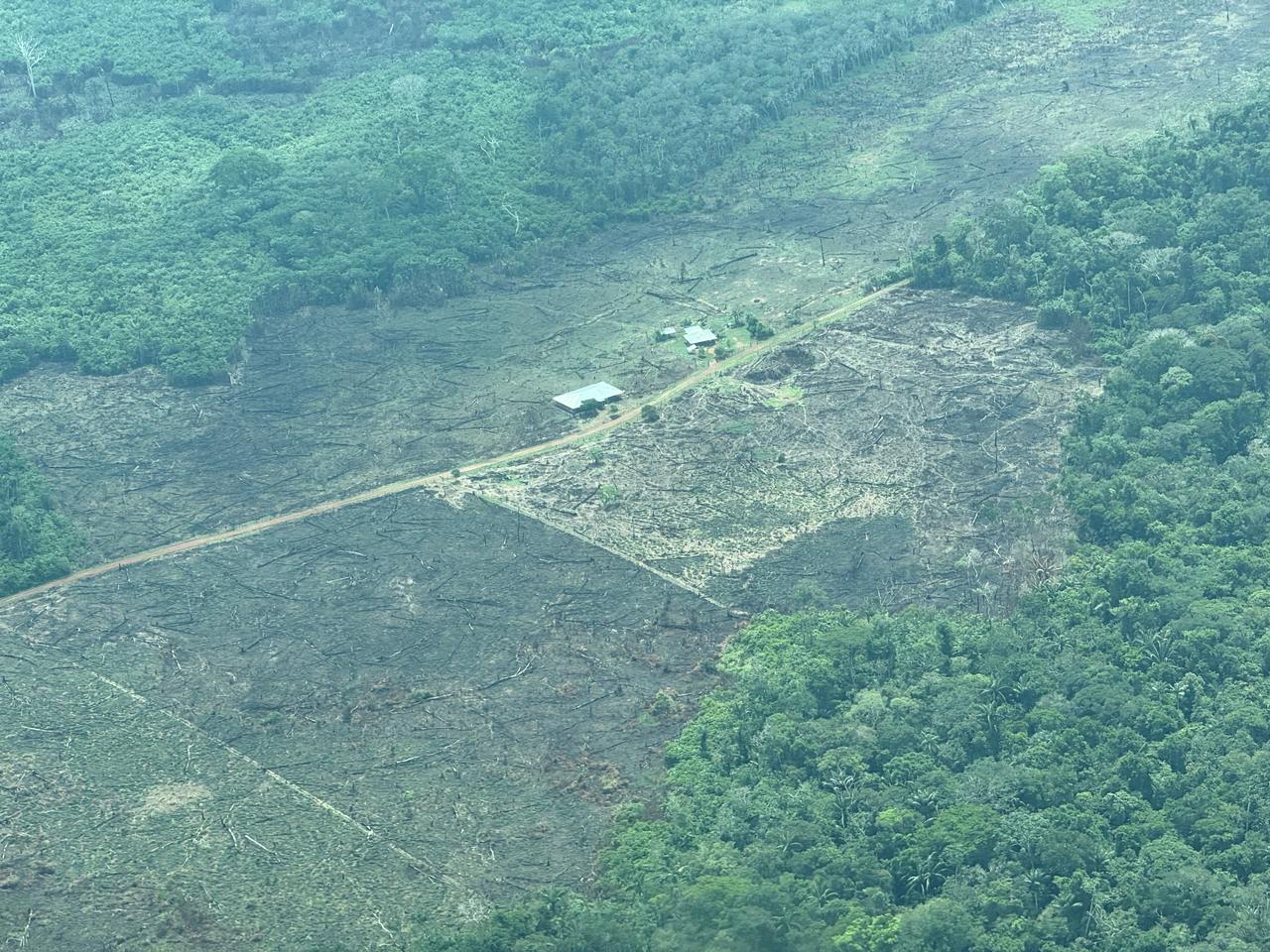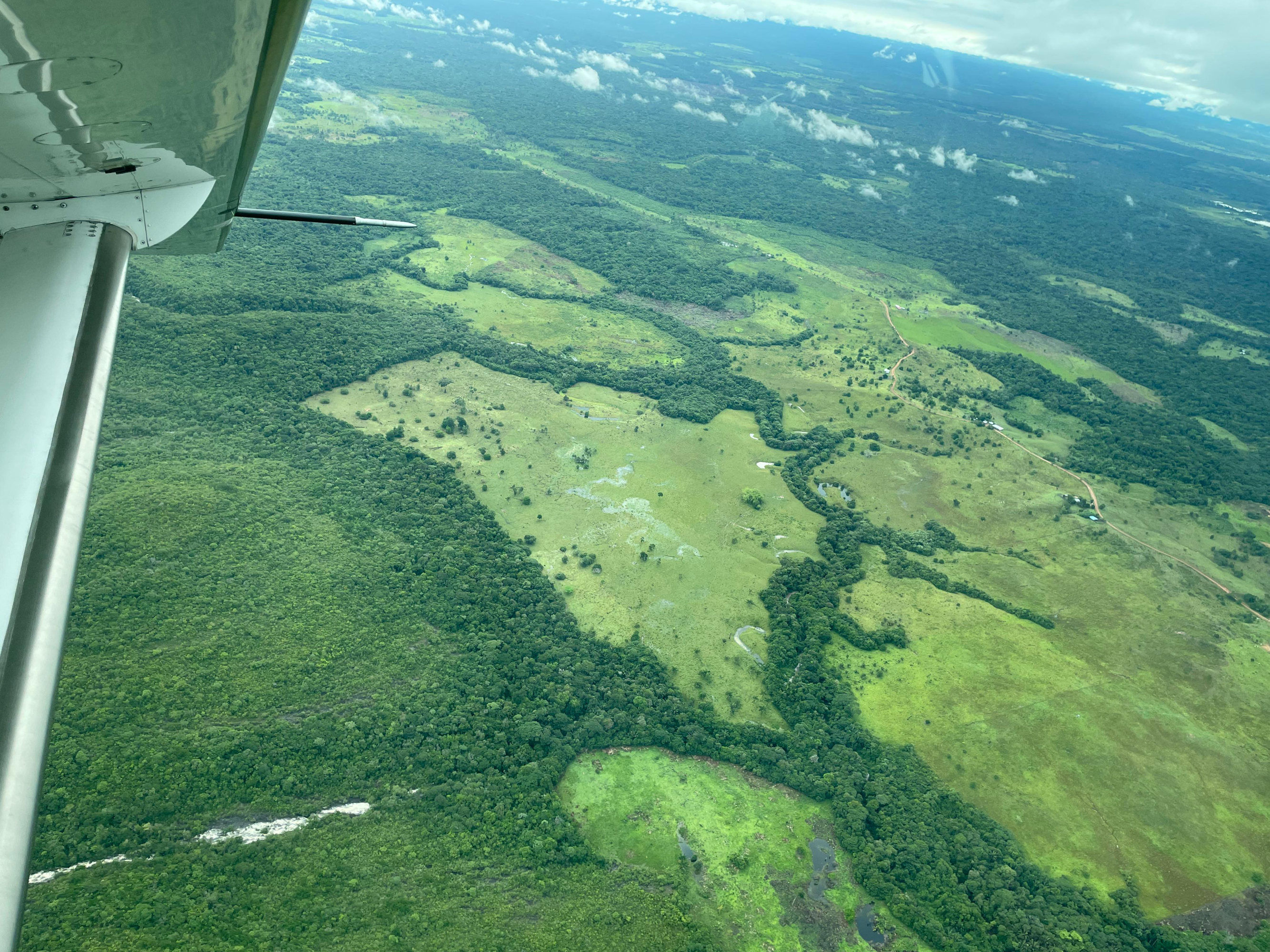Deforestation in Colombia increased again in 2024: last year, 113,608 hectares were lost, an area similar to the city of Cúcuta.

The scourge of deforestation increased again in Colombia last year. This is according to data from the most recent IDEAM annual deforestation report, developed by the entity's Forest and Carbon Monitoring System (SMByC). The figures, presented this Wednesday at a press conference by Environment Minister Lena Estrada Añokazi, indicate that our country recorded a total of 113,608 hectares of deforested land last year.
While this is the second-lowest figure for forest loss on record, it is still an increase of 34,352 hectares compared to the 79,256 hectares deforested in 2023. In this sense, the scourge would have increased by 43% compared to the previous year.
“The efforts this government has made are not enough because deforestation still persists. We are deeply concerned because the most affected territory is the Amazon, a fragile territory also home to vulnerable populations. The Amazon is particularly affected in the Amazon Arc, and this means we are losing the connectivity of the Andean-Amazonian and Andean-Orinocense ecosystems, which is worrying. I want to issue an SOS ,” Minister Estrada stated.
The head of the environmental portfolio defended the methodology used for this measurement, despite the fact that the figures are substantially different from those presented by other independent reports, such as the one developed by Global Forest Watch of the World Resources Institute, which shows a much higher number of hectares lost.
“This methodology is adapted to our territories, to our soils. These are the real deforestation figures we are going to present to you today, and not any other external measurement. We have to trust in our Colombian work, in our product, in our institutions, in our teams that make an enormous effort to perfect this monitoring system,” added the head of the environmental portfolio.

Presentation of the annual deforestation report this Thursday, July 31, 2025. Photo: Ministry of the Environment
Sixty-eight percent of deforestation in 2024 occurred in the Amazon region, representing more than 77,000 hectares cleared, a figure that represents a 74% increase compared to the previous year in that region. The department of Meta alone accounted for 27,107 hectares of deforestation, followed by Caquetá (25,263 hectares) and Guaviare (16,908 hectares), departments that together accounted for more than 60% of national deforestation.
According to the report, the main causes were pastureland development driven by land grabbing, unsustainable extensive livestock farming practices, unplanned road construction, illicit crops, and illegal logging.
In the municipality of Cartagena del Chairá (Caquetá), for example, 10,375 hectares of forest were lost; in San Vicente del Caguán, another 9,019; and in La Macarena, 8,589. These are areas where illegal economic interests and land-use disputes converge.

Since the end of 2023, the rate of deforestation, which had slowed, has picked up again. Photo: USAID
The report also warned about the increase in deforestation in areas that are supposedly protected. In 2024, 10% of the total forest loss (11,544 ha) occurred within the National Natural Park System, such as Tinigua, La Macarena, and Chiribiquete, which continue to experience critical levels of impact.
Added to this is the fact that 12% of national deforestation occurred in indigenous reservations. The situation is even more worrying considering that 58% of the country's forests are located within indigenous reservations, collective territories of Black communities, and peasant reserve areas, according to IDEAM data.

Deforestation has increased in Chiribiquete and other protected areas. Photo: Edwin Caicedo. EL TIEMPO
Environment and Health Journalist
eltiempo





